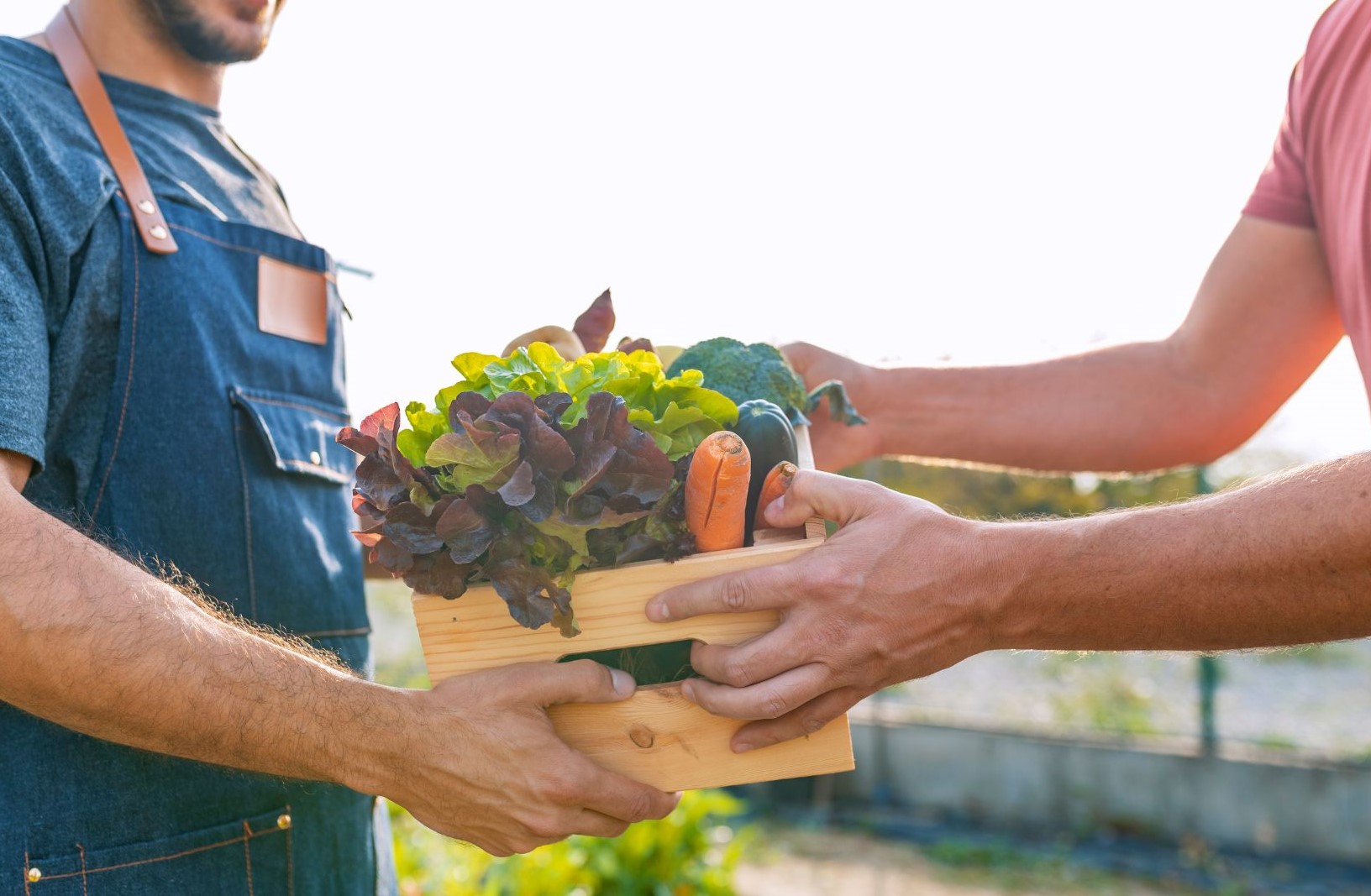How Consumers can Support Regenerative Agriculture
Regenerative agriculture is a system that can help in climate mitigation and adaptation of crops. As a result, it is usually introduced as a solution to the effects of climate change.
At the same time, studies have shown that regenerative agriculture can be a sustainable and profitable solution with increased yields and fewer losses. The profit for the farmer can be higher thanks to the higher quality end products, the reduced inputs (like fertilizers), and the final added value of the product.
Soil health (increase of soil organic matter and restoration) and carbon sequestration are at the core of this system. Regenerative agriculture acknowledges the importance of livestock as part of the system.
The system aims to build healthy soils (not only avoid harming them) for years to come, increase biodiversity, restore balance in ecosystems, and mitigate climate change by making the agroecosystems more resilient and storing carbon in the soil.
Why we need to support Regenerative Agriculture
Regenerative agriculture has the potential to change how we see food production, which will help achieve a more sustainable world. Regenerative agriculture benefits the farmers and food producers economically, and supporting it means one more household can meet their needs, which goes a long way towards creating sustainable communities.
Regenerative agriculture practices create healthier soils, which are essential for achieving food security and producing more nutritious food.
These practices help curb the challenges of climate change by reducing greenhouse gas emissions in the atmosphere thanks to their capacity to sequester carbon. However, regenerative agriculture has numerous other benefits for the livestock (investing in animal welfare) and the farmer himself/herself, providing a more diverse, resilient, and profitable system.
How can we support Regenerative Agriculture?
For the consumers and the general public:
- Purchase your products from a local farmer
This is a great way to get involved in your food systems. Most of the time, we know our local farmers, and we can talk to them and know how the food has been produced, which is usually a labor of love. Small-scale farmers face many challenges, especially with the advancements in commercial farming, and supporting them goes a long way in helping them keep producing. While only some of the products you can source from regenerative farming, the products you get go a long way in helping conserve your region’s environment.
Buying from your local regenerative farmer also reduces your carbon footprint because the distance from the produce to the product consumer has been highly reduced.
- Prefer products of regenerative farming
This goes beyond food. Purchase clothing and textiles that have been produced through regenerative farming. Whenever you shop for your clothes, take a moment and check the material from which the clothing is made. Some brands are known to produce clothing in environmentally friendly ways.
- Learn more about regenerative agriculture and the effort of transitioning from conventional to more sustainable farming systems globally.
Learn about the principles and practices of regenerative agriculture. Agriculture is one of the disciplines that affects anyone. Learning more about regenerative agriculture and how it differs from other farming practices helps you make good decisions. You don’t have to know everything, but you can dive into a specific topic of regenerative agriculture that interests you the most.
- Support organizations that are developing or advocating for regenerative agriculture systems.
Many organizations are working to support regenerative agriculture practices through research, training, educating the people, and helping them get access to grants. You can support them by volunteering or donating, helping them implement their programs.
- Spread awareness and share knowledge on the importance of regenerative agriculture.
Share the knowledge on how and why regenerative agriculture is important. Agriculture can be a complex topic, and most people will only trust someone they know before adopting a farming technique. Share your personal experience with your family and friends; this is a great way of passing on information.
- Create a regenerative garden at your home.
Being practically involved in farming builds better knowledge on the subject. Create a small garden in your home. Start with plants that are easy to grow in your area and scale from here if need be. This is also a great way to demonstrate regenerative agriculture to your family and friends.
Conclusion
While agriculture contributes to about a third of carbon emissions, regenerative agriculture is a great way to reverse this, where we can meet food needs while still taking care of the planet. It’s all about drawing inspiration from nature and working to produce produce that restores our biodiversity—supporting regenerative agriculture results in more healthy bodies, communities, and a healthy planet.










































































